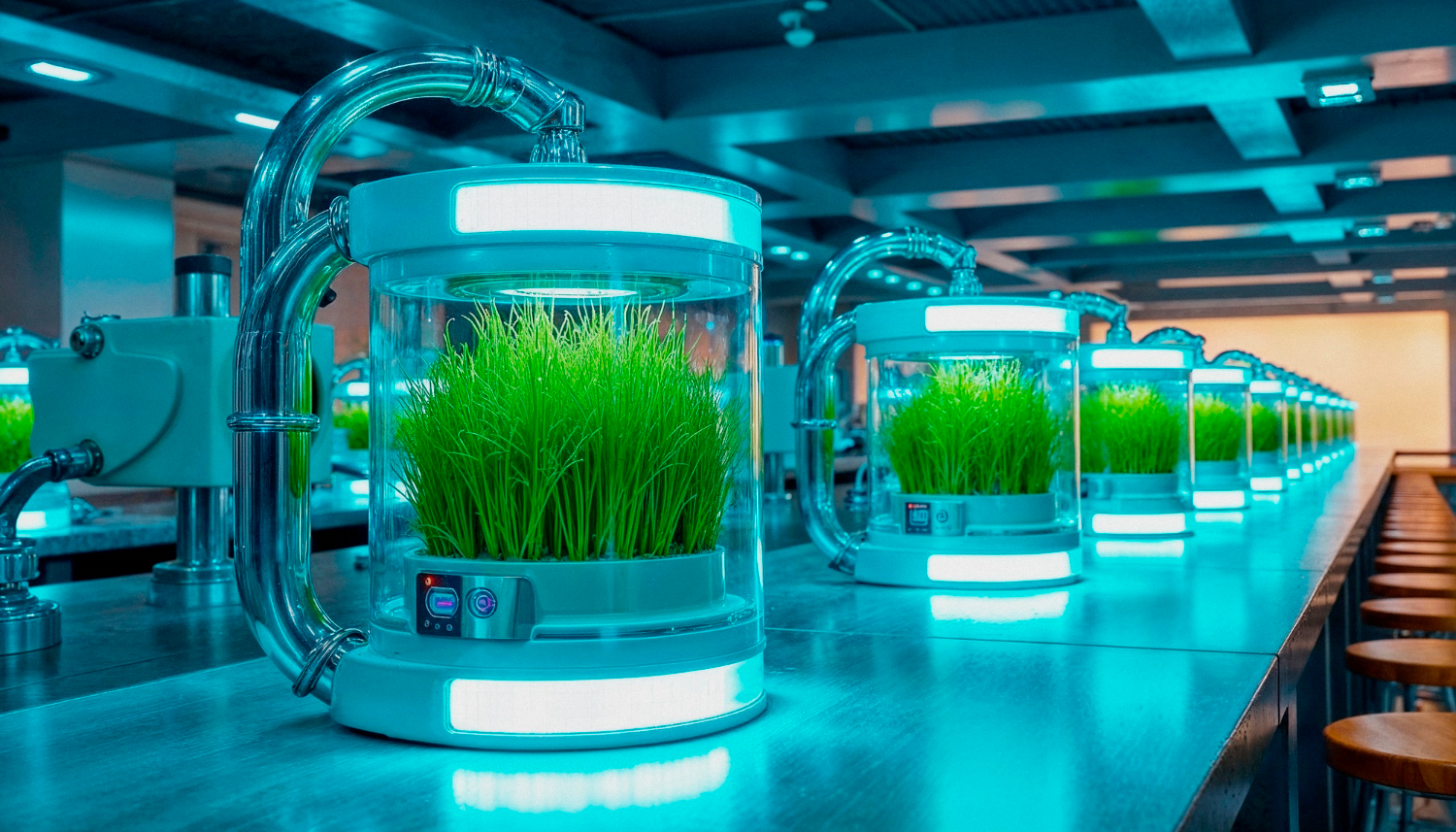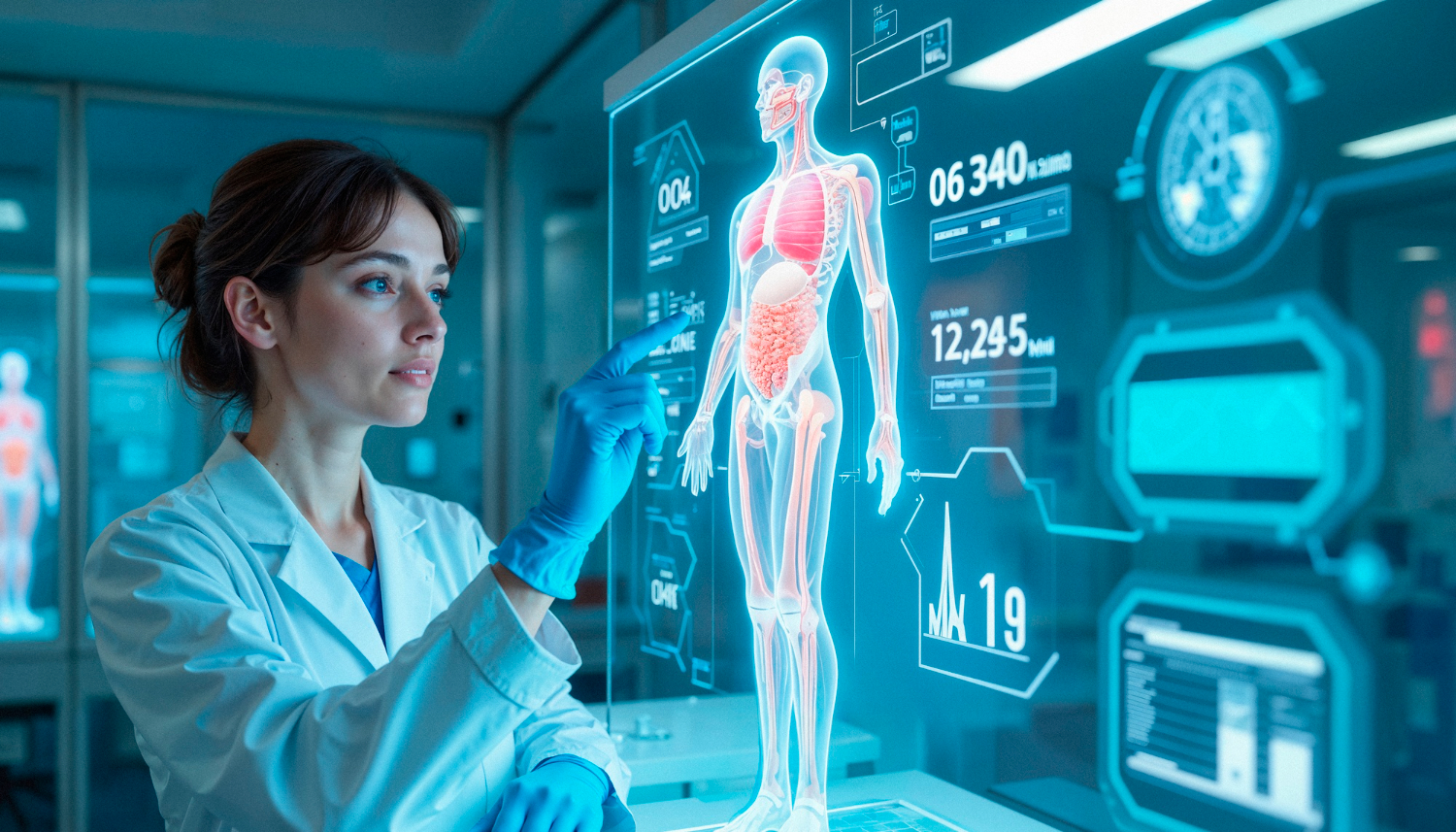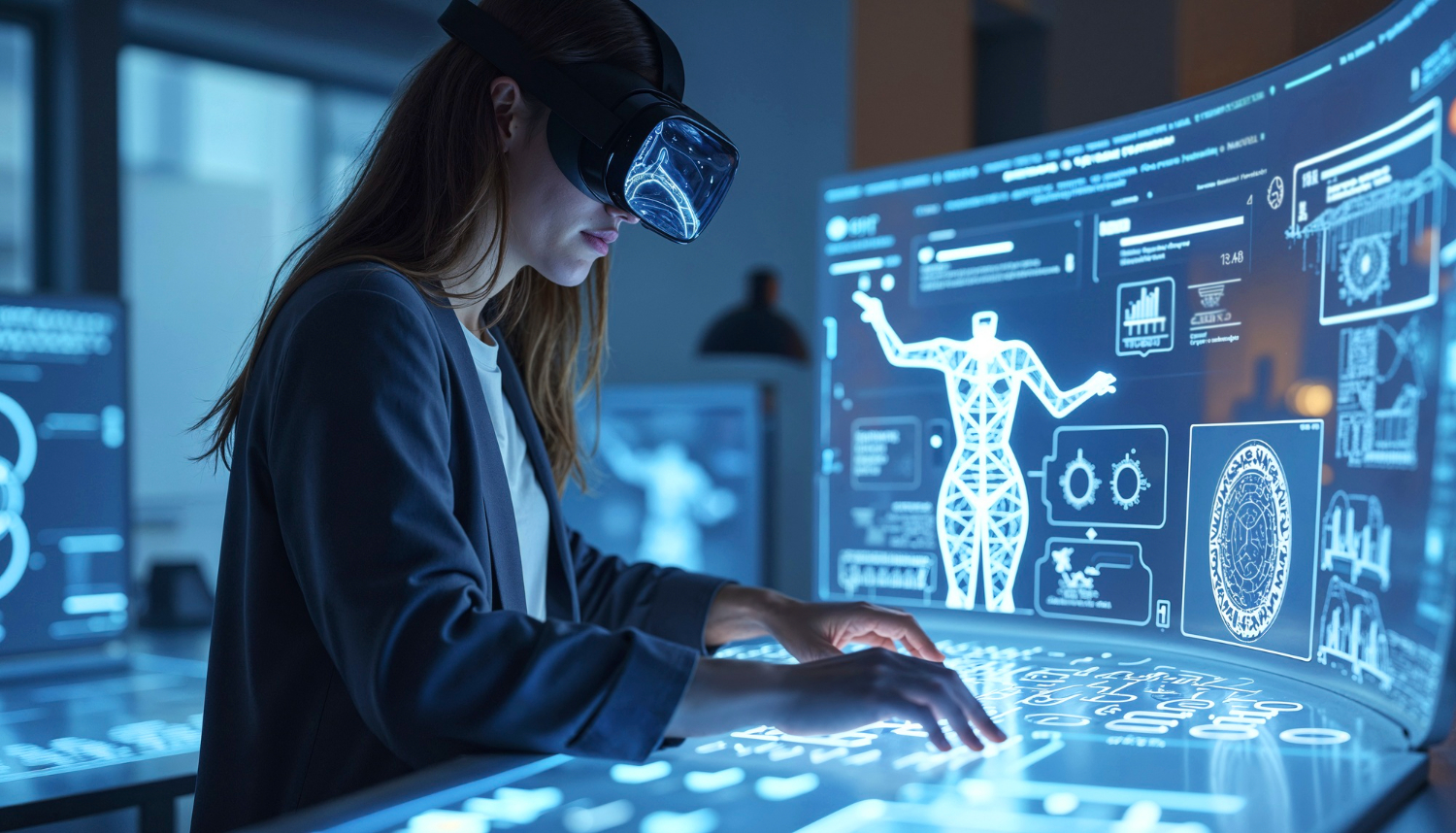Introduction
The biotechnology industry continues to grow at a fast pace, with new innovations changing how products and services are developed. Research and development (R&D) is very important in the United States and around the world.
It helps create new solutions for human health, farming, and industry. Modern biotechnology uses genetic engineering, molecular biology, and engineering. It creates products that improve life and efficiency in many areas.
Companies and research bodies invest heavily in R&D expenditures to keep up with demand. However, the process can be time-consuming, requiring both basic research and applied development. These efforts often create biotechnology products. These products follow the rules set by agencies like the Food and Drug Administration.
Genetic Engineering as a Foundation
Genetic engineering is one of the most influential innovations in the biotechnology industry. It involves making precise changes to DNA within plants and animals to achieve targeted outcomes. This can improve crop yield in agricultural biotechnology or enhance disease resistance in livestock.
In human health, genetic engineering supports the creation of personalised treatments. Recombinant DNA technology enables scientists to insert genes into host cells and tissues to produce specific proteins. These proteins can then serve as the basis for new medicines, vaccines, or diagnostic tests.
For companies, this field represents both an opportunity and a challenge. The market for these products and services is large. However, the work needs careful oversight to ensure safety and ethics.
Read more: AI in Biotechnology: Nature in the Palm of our Hands
Tissue Engineering and Regenerative Solutions
Tissue engineering merges principles of biology and material science to create or repair cells and tissues. This has direct applications in treating injuries, replacing damaged organs, and developing test models for R&D.
In industry settings, tissue engineering shortens product testing cycles. Rather than relying solely on animal models, companies can use engineered tissues to test safety and performance. This not only speeds up research and development (R&D) but also reduces costs.
Many biotechnology firms focus on scaling these innovations to improve existing products. The use of tissue engineering in health care could change treatment plans for conditions with few options.
Agricultural Biotechnology for Sustainable Food Supply
Agricultural biotechnology plays a critical role in meeting the food supply demands of a growing population. Farmers can use genetic techniques to improve plants and animals. This helps reduce waste, increase resilience, and keep productivity high in changing climates.
One example is the development of crops resistant to pests and diseases, which decreases the need for chemical pesticides. Another is the engineering of plants that can grow in saline or drought-prone soils. Such innovations benefit both producers and consumers while also supporting environmental goals.
The biotechnology industry sees agricultural biotechnology as a core growth area. R&D spending in this sector continues to rise as companies work to adapt crops and livestock to global challenges.
Diagnostic Tests for Faster Results
Diagnostic tests based on biotechnology are now essential in both clinical and field environments. From detecting infectious diseases to monitoring genetic conditions, these tools deliver accurate results in less time.
Modern biotechnology has enabled the creation of portable testing devices that can work in remote areas without large laboratories. Recombinant DNA technology and molecular assays allow for quick detection of specific pathogens.
These tests help the biotechnology industry. They improve human health and monitor plants and animals for disease. This is vital for maintaining the stability of the food supply and preventing widespread losses.
Read more: AI in Biotechnology: A Game Changer for Innovation
Gene Therapy and Personalised Medicine
Gene therapy represents a shift in how certain diseases are treated. Instead of relying only on drugs to manage symptoms, gene therapy aims to correct the underlying genetic problem.
This can involve inserting a functional gene into cells and tissues to replace a faulty one. Some treatments use viral vectors to deliver the gene, while others apply new genome editing methods. The Food and Drug Administration has approved several gene therapy products, marking significant progress in the biotechnology industry.
Gene therapy is still new for many conditions. However, it offers chances for research and development to explore areas that were once thought untreatable. The combination of basic research and applied development is essential for making these treatments widely available.
Balancing R&D Spending with Market Needs
R&D spending in biotechnology requires careful planning. While the industry is known for innovation, not every project leads to a market-ready product. Companies must balance investment in basic research with the need to deliver results that match market demand.
This includes considering regulatory requirements, manufacturing scalability, and potential competition. The biotechnology industry in the United States must follow Food and Drug Administration rules. At the same time, it needs to stay ahead of global competitors.
To address these factors, biotechnology firms often form partnerships with academic institutions or other companies. This allows them to share R&D expenditures and reduce risks.
Read more: 3D Models Driving Advances in Modern Biotechnology
Industrial Biotechnology for Sustainable Manufacturing
Industrial biotechnology applies biological systems to industrial processes. This includes using microorganisms or enzymes to produce chemicals, biofuels, and materials. By replacing traditional chemical methods with biological ones, companies can reduce environmental impact and improve efficiency.
Many biotechnology firms in this space focus on replacing petroleum-based products with renewable alternatives. For example, bacteria can be engineered to produce biodegradable plastics or high-value chemicals used in manufacturing.
Industrial biotechnology gains from new genetic engineering and research innovations. The same tools that enhance plants and animals can also improve microorganisms for production.
Regulatory Framework and Compliance
The biotechnology industry operates under strict regulatory oversight. In the United States, the Food and Drug Administration ensures that products meet safety and quality standards. The Department of Agriculture manages agricultural biotechnology approvals, while environmental impacts fall under the Environmental Protection Agency.
Compliance is not only a legal requirement but also a key factor in building trust with consumers and partners. R&D teams must integrate regulatory considerations into their processes from the earliest stages.
This attention to compliance often adds time to development cycles, but it also protects the integrity of biotechnology products once they reach the market.
Read more: AI-Enabled Medical Devices for Smarter Healthcare
How TechnoLynx Can Help
TechnoLynx works with biotechnology firms to improve R&D outcomes. Our solutions support genetic engineering, tissue engineering, and industrial processes by providing advanced analysis tools and data-driven project planning. We help companies streamline basic research, reduce R&D expenditures, and bring products and services to market faster.
From improving existing products to creating new biotechnology innovations, we ensure that our clients stay competitive in the biotechnology industry. Our expertise in both science and technology allows us to design solutions that meet real-world challenges without compromising on quality or compliance. Let TechnoLynx experts help you in your next biotech journey!
Image credits: Freepik













